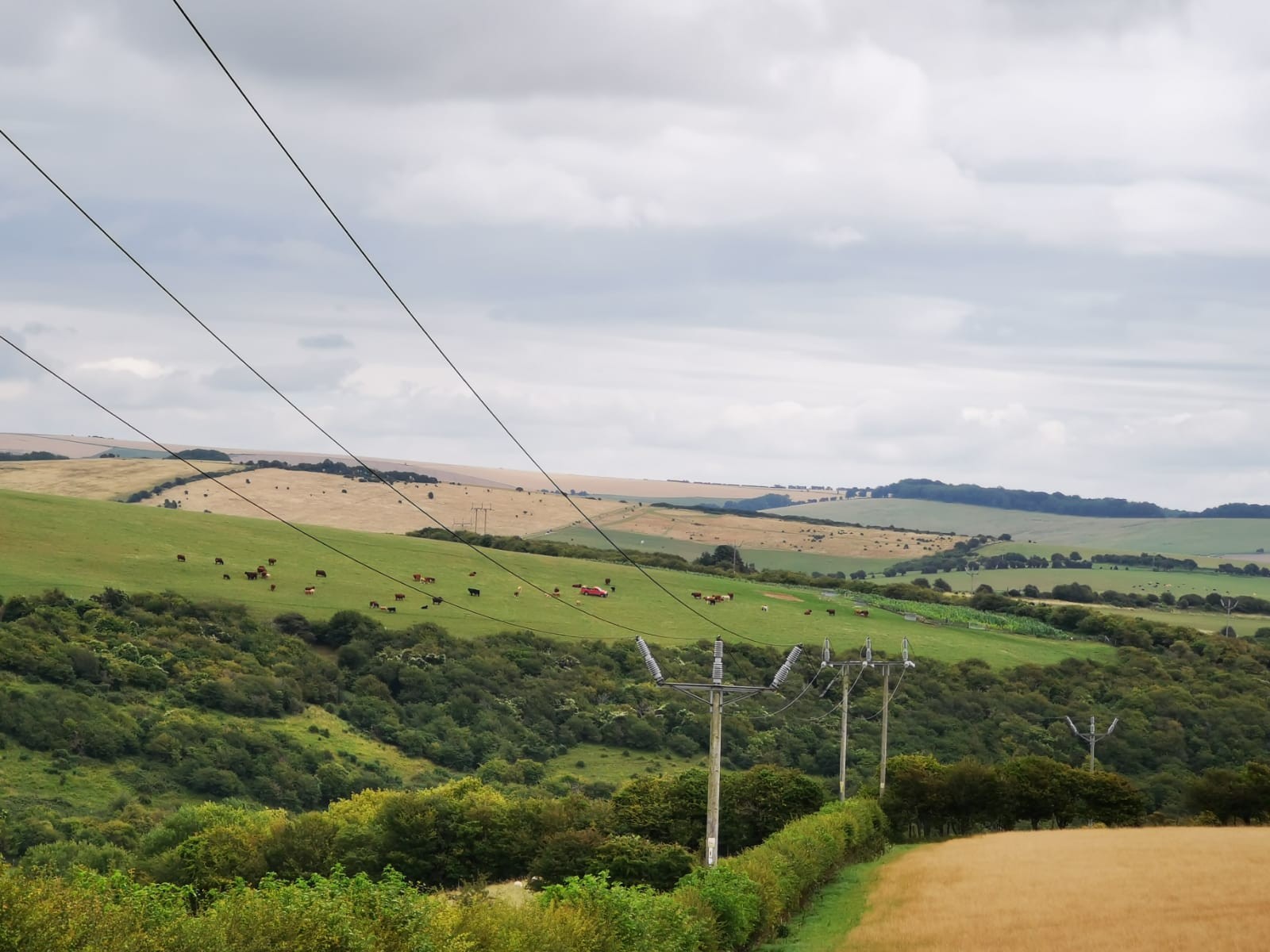
Electricity is an essential part of modern life and also a crucial element to support economic development. According to the World Bank, in 2018 around 10.5% of the world population had no access to electricity i.e. Nearly a billion people. This is a problem that is significant in parts of developing countries and the majority of the African continent. Specifically, the Sub-Saharan region where economic development is widely affected by the lack of electrification. The rate of electrification in North Africa has significantly improved between 2000 and 2018 but in comparison, sub-Saharan countries are far behind the rest of Africa. The World Bank in 2018 has presented alarming figures by reporting that only 31.5% of the rural population in Sub-Saharan Africa
(IDA & IBRD countries) has access to electricity i.e. Over 400 million people living in these areas are yet to be connected to electricity.


Connection to a centralized or interconnected grid system gives access to a wide range of power generation facilities and hundreds or even thousands of MW of power. This system allows producers and users the flexibility to exchange or trade electricity. Apart from the benefits, there are difficulties in extending the grid to connect remote areas. Connecting rural and remote areas to a grid involves a high initial investment. Not only the cost, but there are installation and operational challenges. Extension of the existing grid also depends on topography, distance from the nearest grid, size of the load, the capacity of the existing grid, availability of materials and qualified resources. It is evident from the past that Topography, Geology, Environmental and Land access represent a key technical challenge. There are many examples where these challenges have overtaken the objective, finally derailing projects in spite of investment and political will.
On the other side, a decentralized solution such as microgrid is local to the communities, with power generation and consumption remaining in the same area have fewer challenges. Decentralized grids generally have smaller capacities, mostly in the order of tens to hundreds of kW and are primarily built to connect smaller generating facilities such as solar, micro-hydro or smaller wind turbines with consumers to meet the local energy needs. Microgrids, therefore, represents a good alternative to provide stable electricity to remote and isolated communities, those having sources of renewable energy. A suitably built Microgrid with small to medium scale renewable generators can supply electricity to cover everyday household energy requirements, requirements of small to medium industries and commercial business premises.
Microgrid presents the most effective solution in providing electricity to remote areas and rural developments with mixed and relatively small load requirements. Below are some of the keys differentials of Microgrid to a Centralised Grid.
- Microgrids are not dependent on the technology, capacity and size of the existing transmission or distribution network, and the system is local therefore construction and installation times are far shorter and less affected by the wider physical and political environment.
- Once installed, the system is not very complex and can be easily operated by local trained & qualified resources.
- No need for high voltage transmission and therefore no transmission losses.
- The system efficiently and very effectively operates with low load factors. However, often require a battery storage system to balance the loads. The storage system also acts as power backup in emergency conditions.
- Using storage capabilities, a Microgrid provides local management of variable renewable generation, particularly solar.
- Physically more flexible and can be easily adapted to change as compared to interconnected grids.
- With minimum government or external financial support, it can ensure local affordability. Microgrids can be operated by communities with the lowest possible energy services costs to customers considering local ability to pay while ensuring reliability is reliable and financial viability.
- Microgrid that has sufficient capacity and operates reliably enough can support income generation by creating new enterprises within the community.

The rural communities in Sub-Saharan Africa and Asia without access to electricity are generally remote, far from the electricity grid and many with difficult topography. It is therefore not easy for these countries to catch up with the world in short timescales by extending their current electricity grid in a conventional way. They need a solution that is easy to implement and less dependent on the existing grid capacity, the topography or the wider economical and geo-environmental factors and Microgrids can be the solution. Microgrid with renewable energy (mainly solar) can provide such an independent system that will help to overcome these challenges. Many experts view Microgrids as a solution that will transform the electricity network of many countries in the coming future. Microgrids with microgeneration (solar, wind and Hydro) can and will change the pace of rural electrification, making clean energy accessible to every Individual across Africa and Asia.
I am sure with the rapidly falling prices of renewable energy equipment and the development of new business models will soon bring a new era of energy access via the off-grid microgeneration and every Individual will have access to electricity. And I hope, those already enjoying the unlimited benefits of electricity and knowingly or unknowingly paying 20 to 30% of their energy bills towards transmission and distribution will be able to see smaller bills!




Average Rating